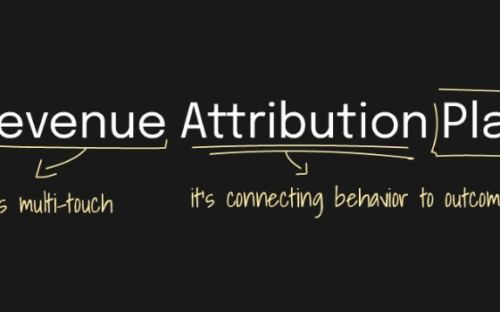Article's Content
“If you want to become a billionaire, help a billion people.”
Those were the words of Peter H. Diamandis in 2014. Tech enthusiasts like Ruben Harris, the CEO of Career Karma, heard it and ran with it.
Little did Ruben know that by helping people through his company, he’d build an ed-tech platform valued at $40 million dollars a few years later.
But Ruben wasn’t alone. Career Karma was built with the assistance of two smart brothers, Timur and Artur Meyster. Together, the trio left their jobs in 2014, moved to Silicon Valley, and broke into tech.
Fast forward to today, the trio has grown from tech enthusiasts to founders who help others get into tech. What’s even more interesting is that the company achieves its goals by relying on its content engine, which runs non-stop. And their search scorecard says it all.
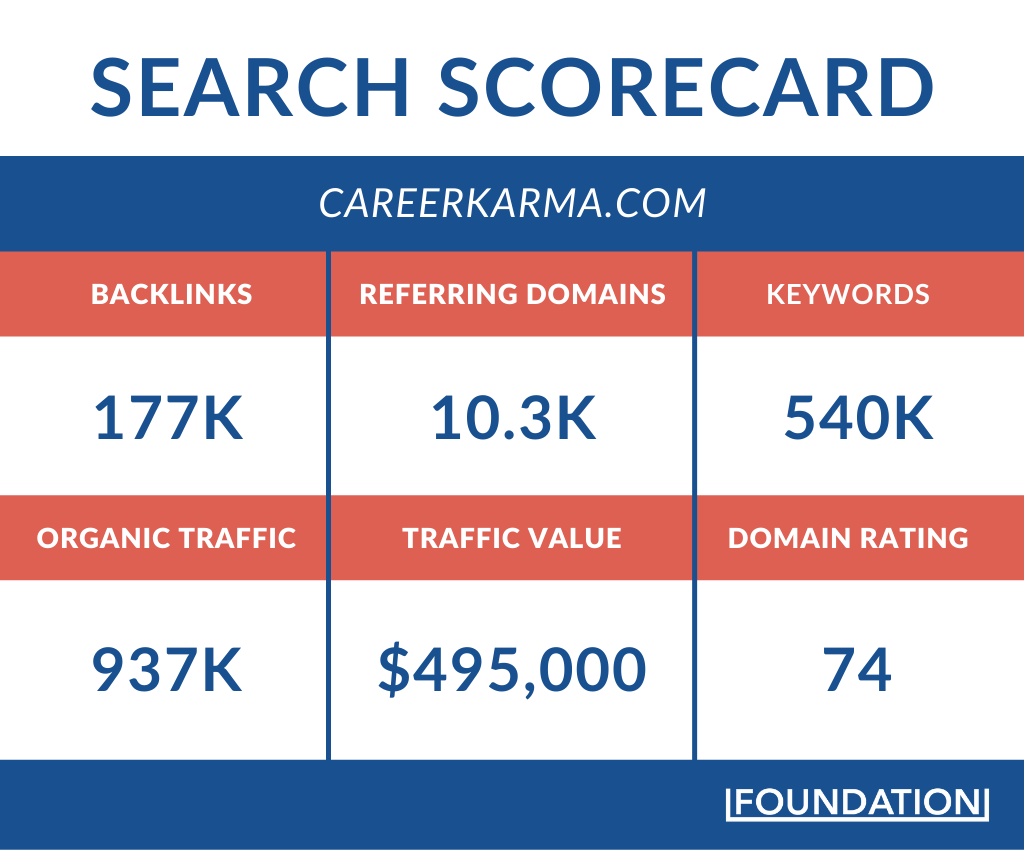
These are wild numbers for a business that started in 2018 and they prove the enormous value you derive from investing in your content engine — the creation of brand awareness, the attraction of high-intent traffic to your site, building trust and credibility for your business, having a populated sales pipeline, and, of course, generating revenue.
For Career Karma, the drive to invest in content was entrenched in the CEO. Prior to launching Career Karma, Ruben was an investment banking analyst. According to Ruben, he didn’t hone his investment banking skills within his university’s walls. Instead, he kickstarted his investment banking career by getting the skills he needed from the Mergers and Inquisitions blog. This blog has several helpful content resources that made Ruben believe he could learn and teach himself to become an investment banker.
And he did.
Today, Ruben has applied a similar approach by making Career Karma the content hub for tech enthusiasts. The added benefit was gaining a thriving social community.
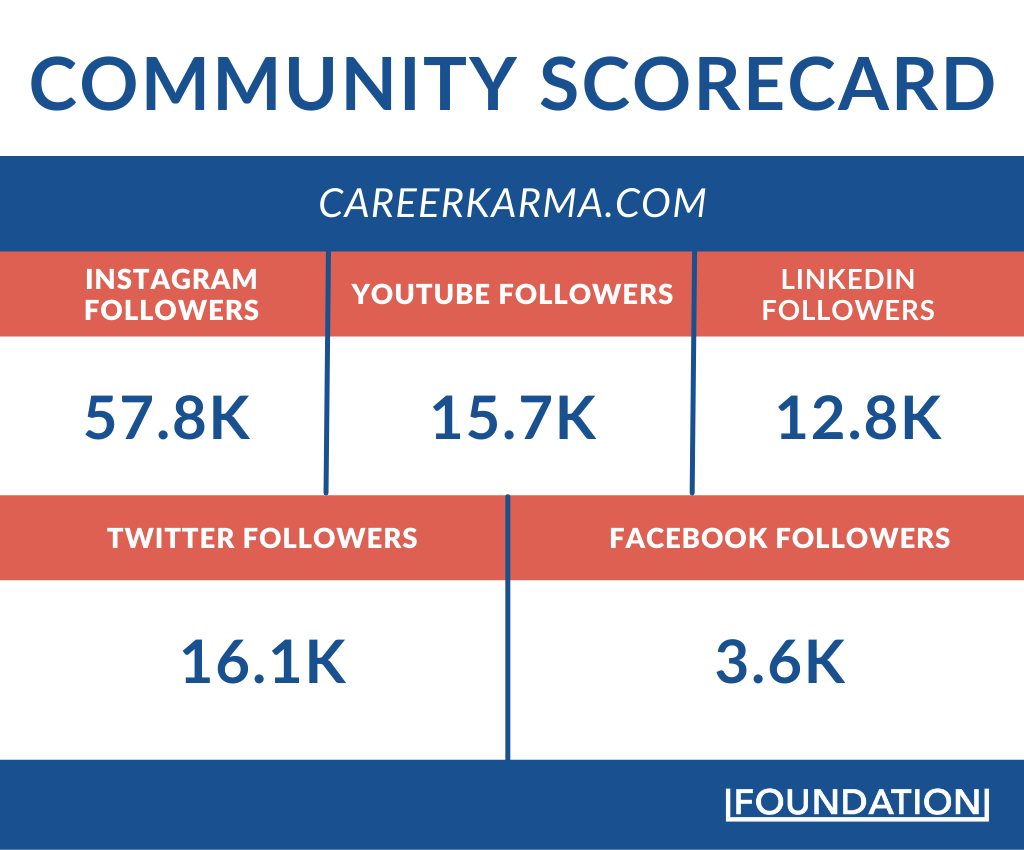
Now, if you’re wondering how Career Karma is winning by investing in content, sit tight because we’ll be doing a complete breakdown of the Career Karma marketing strategy from a content investment lens.
And not just that …
After reading this piece, you’ll know how to calculate organic content ROI so that you can start viewing content not as an expense, but as an investment.
Leveraging Twitter Challenges for Attracting Early Adopters
Career Karma has been all-in on Twitter challenges since day one.
Aside from using their #21daysCKChallenge to attract early adopters, the brilliantly executed strategy allowed Career Karma to spread through word of mouth.
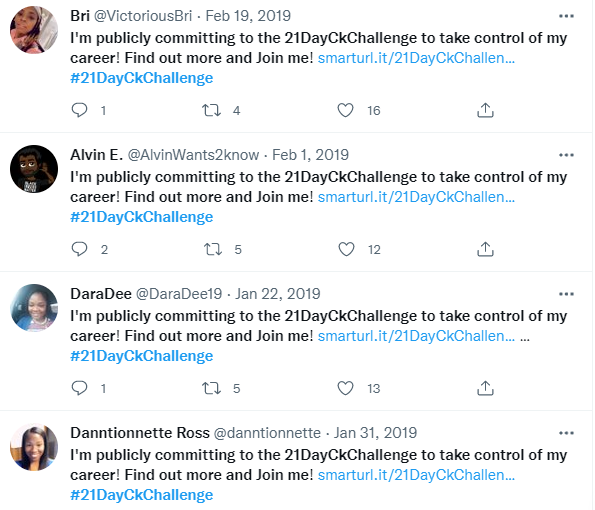
The result?
- Career Karma quickly achieved product-market fit.
- The challenge currently has over 5000 followers.
- The challenge has a large number of retweets from tech enthusiasts.
- The #21DayCkChallenge has even more tweets (41.5K Tweets) than Career Karma’s Twitter handle (31.6k).
While all these suggest that the challenge is an important driver of Career Karma’s revenue engine, there was a problem. Career Karma couldn’t rely on the challenge as the sole online lead source.
And the reason for this was simple. Thousands of tech enthusiasts were searching for terms related to Career Karma’s offerings on search engines like Google. Some of these terms have a huge monthly search volume. Others, not so much.
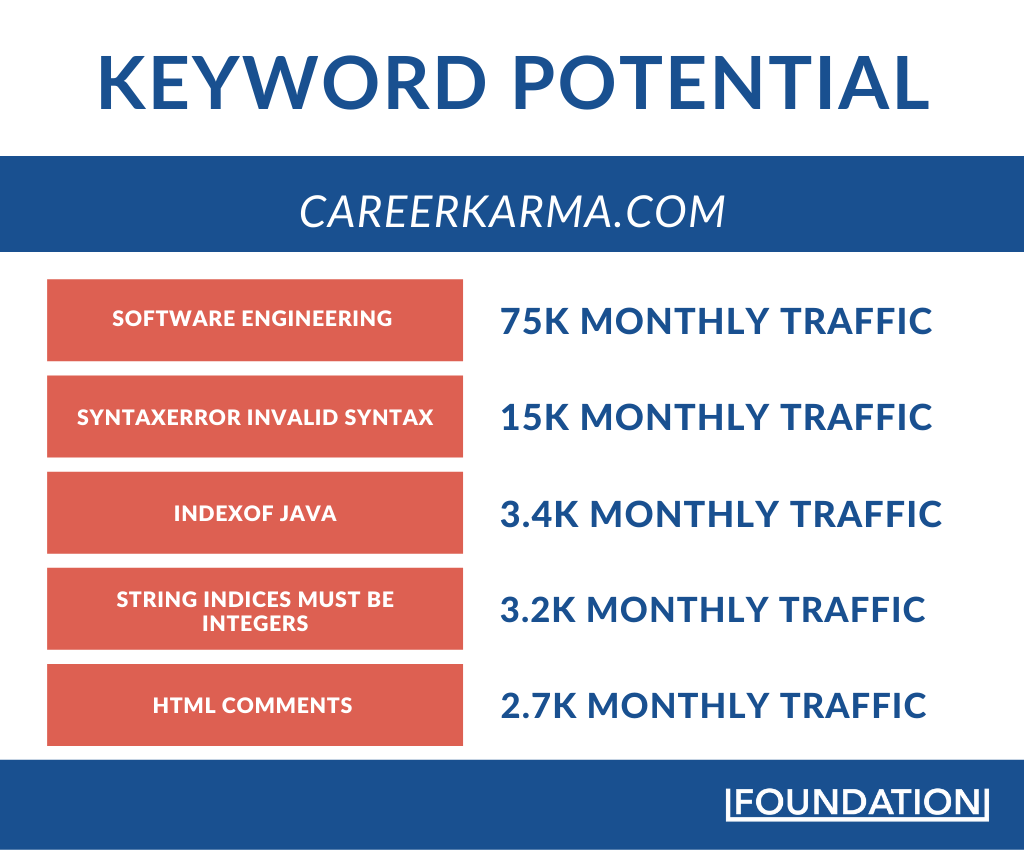
Take “software engineering,” for example. This term attracts up to 75,000 monthly searches in the US. Ranking for this term will result in insane conversions and the founding team knows this. Plus, “software engineering” is just one keyword.
With thousands of keywords to go after, the founding team knew that failing to rank for competitive terms would be leaving a ton of money on the table. The team wasn’t okay with that and this fueled their need for a full-blown organic content engine.
Powering Up the Organic Content Engine
According to Ruben Harris, “Content has always been king and storytelling has always been the name of the game” for Career Karma. While this is true for every business today, Career Karma’s content engine took off at a slow pace regardless of the great stories they told and the content they shared.
Take this python float post, for instance. It was created in January 2020 but it only started gaining traction in June 2021. That’s a long 18-month wait from the publishing date.
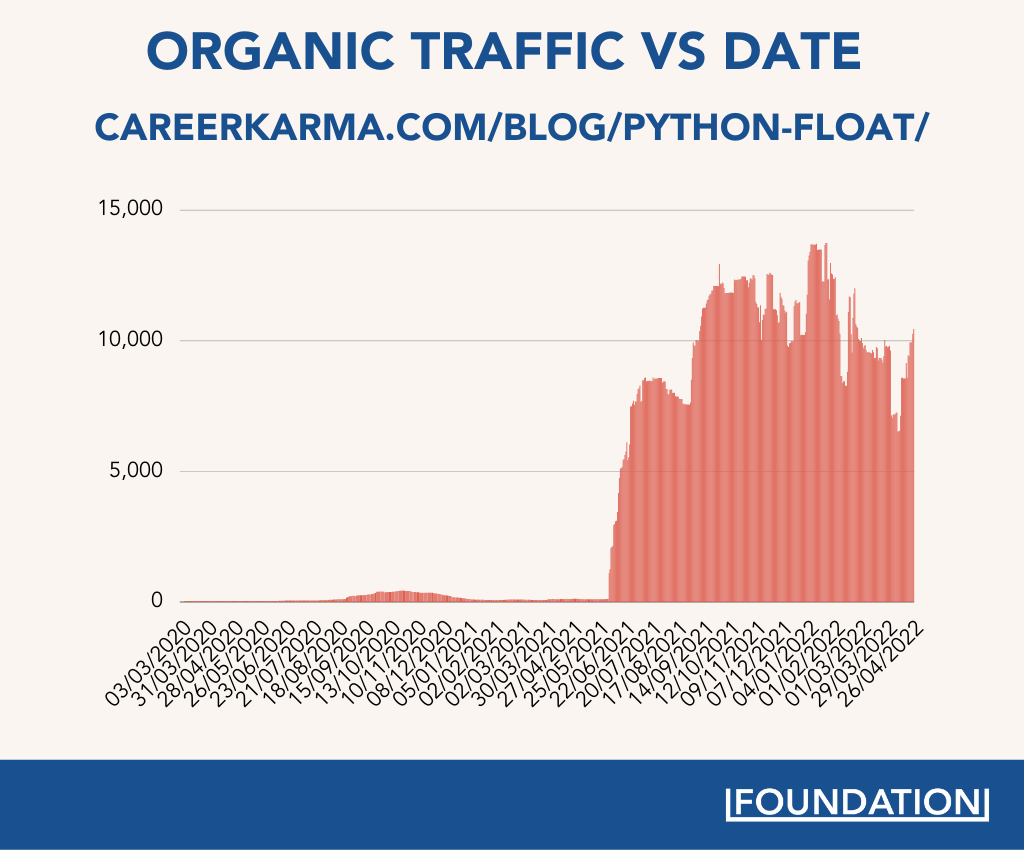
The same applies to this Linux cp command post. It was published in June 2020 but didn’t start moving up the SERPs until July 2021.

And then there’s this GIT post published in July 2020 that only started attracting a lot of eyeballs in July 2021. Waiting period? 12 months.
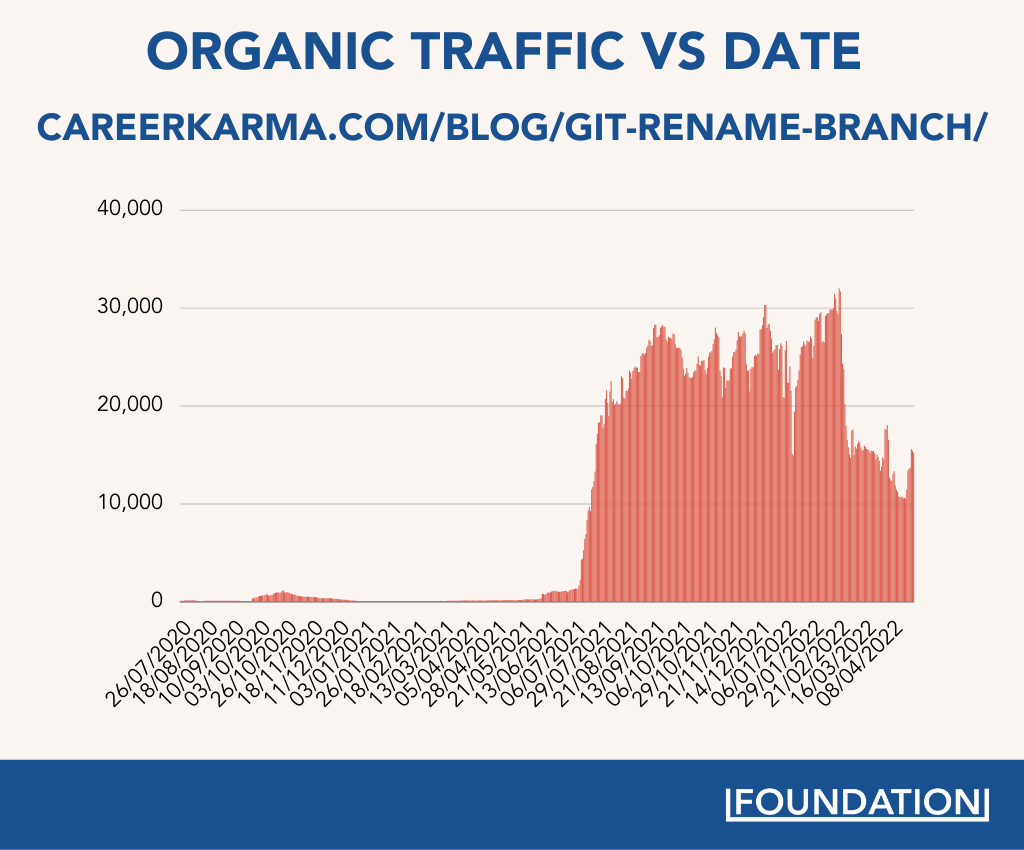
And this. It was published in March 2020 but didn’t gain traction until June 2021. Waiting period? 15 months.

We also have this, which was published in November 2020 but gained traction in September 2021. Waiting period? 10 months.

Digging into Career Karma’s content engine, I couldn’t help but see more and more underperforming pieces that later took off and dominated the SERPs. This kind of SERP domination is what happens when you hold onto your content assets for a long time because they’re likely to grow like stocks.
But why was there a delay in the ranking of these content assets? Enter E.A.T.
What is E.A.T?
E.A.T is an acronym for Expertise, Authority, and Trust, and it is important to search engines like Google.
Why?
Because Google programs its algorithms to display the best content that meets the E.A.T guidelines.
Here’s how search engines like Google determine whether Career Karma’s content should be shown to searchers.
- Expertise: Is the author of a post on Career Karma’s website knowledgeable on the topic?
- Authority: Is Career Karma credible enough to attract authority signals like backlinks?
- Trust: Is the publishing website trustworthy? Do people talk about them on social, forums, and elsewhere?
Building a content engine that meets the E.A.T guidelines takes time and it isn’t something Career Karma or other brands can do after pressing publish on a few blog posts. This is where a failproof content strategy and execution really shines because your strategy is an instructional document that tells you to keep publishing content in the face of slow results.
But slow results are only temporary. Eventually, your content will gain steam, move up the SERPs, and convert leads, and this will validate your content investment efforts as it did for Career Karma.
How Career Karma Succeeds with Content Investing
1. Rocket-speed Content Velocity
One amazing thing we observed about Career Karma is the date their blog went live …
March 24th, 2019.

From that date until April 2022, Career Karma has published more than 4,900 posts. That’s a lot of work, which comes to about 5 published posts daily. They were able to pull this off in only 3 years because they have several authors.
These authors published lots of posts and this propelled Career Karma to quickly increase its DR, signaling search engines that they were an authority. The result? Many of their content quickly moved up the SERPs.
2. Legion of BoFu Pages
Bottom of funnel (BoFu) content are pieces that engage an audience during the purchase stage of the buyer’s journey. And although they usually have a low search volume, a couple of conversions mean a lot as Career Karma is estimated to make $1000 to $5000 for every student it places in job-training programs. This makes BoFu pages valuable conversion assets, and Career Karma has a legion of them at the top of the SERP.
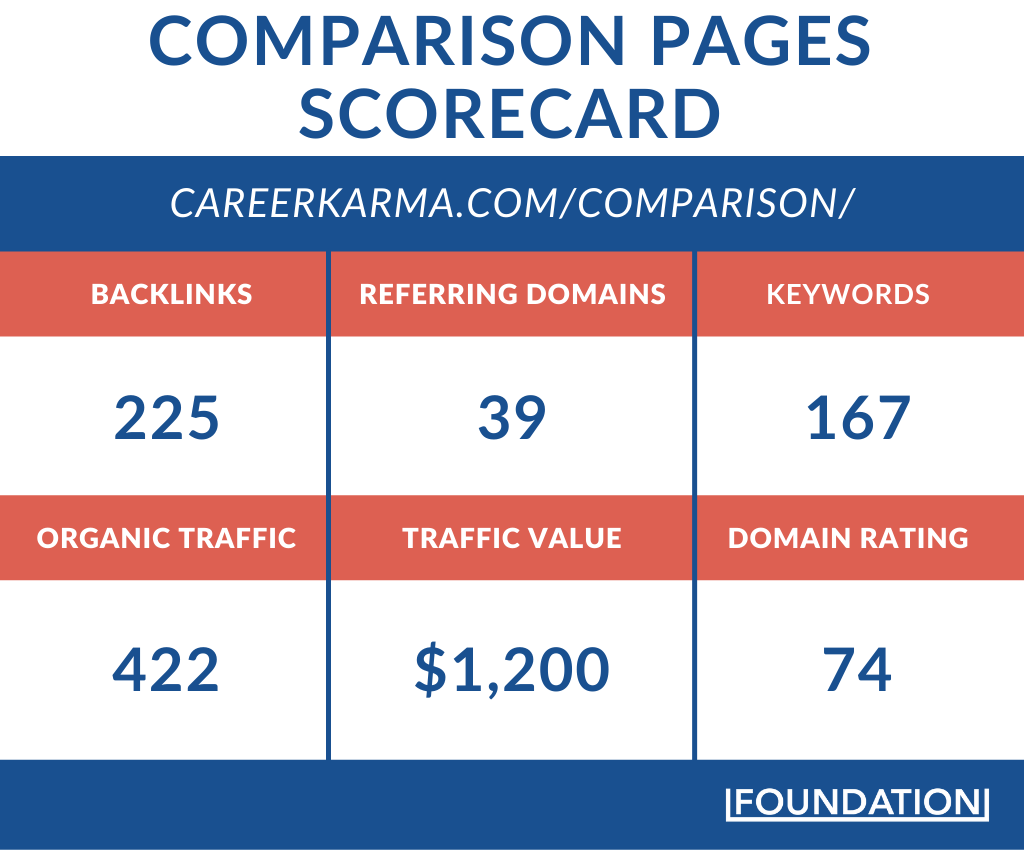
But that’s not where the BoFu beauty ends.
Usually, brands take a top-down approach when it comes to content marketing or the sales funnel.
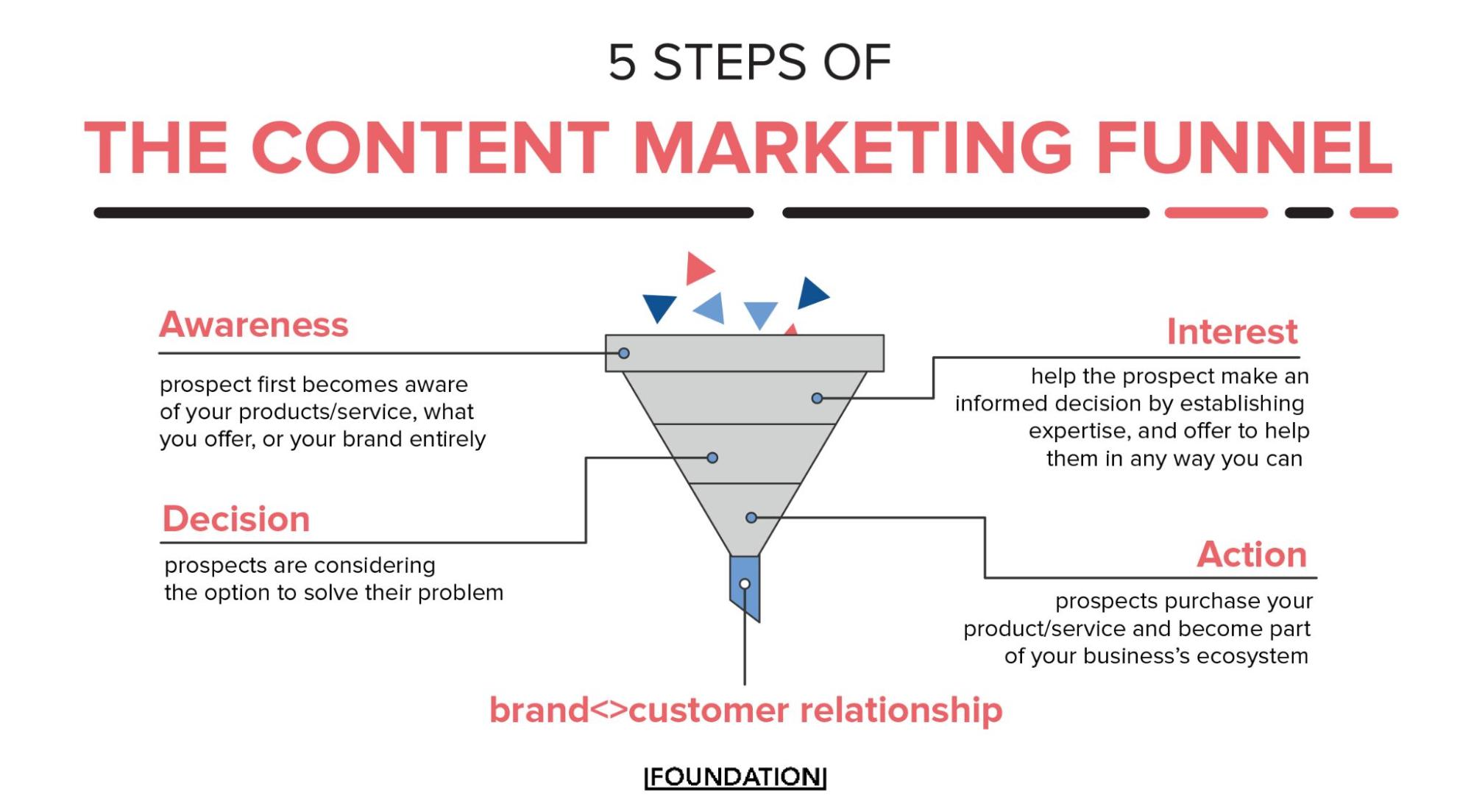
They create several top-of-funnel pieces that build awareness first. Next is the middle-of-funnel content to nurture interested prospects. And lastly, the bottom-of-funnel content informs prospects to make a buying decision.
Career Karma didn’t take this route.
Instead, they published most of their BoFu content first and early in 2019. This allowed them to gain lots of SERP equity for their money pages. Plus, their content marketing funnel is expertly designed to capture leads at every stage of the funnel.
Here’s an example:
Top-of-funnel content
- Content type: blog post, e.g., What is a Coding Bootcamp
Middle-of-funnel content
- Content type: “Best of” pages, e.g., Best Coding Bootcamps
- Content type: Subjects, e.g., Best Javascript Bootcamps
- Content type: Reviews, e.g., Flatiron School
Bottom-of-funnel content
- Content type: Location pages, e.g., Austin Bootcamp
- Content type: Comparison pages, e.g., Flatiron School vs Full Stack Academy
Creating this kind of funnel means Career Karma can meet its audience regardless of what they enter into search engines like Google. That’s a big win because it’s now super-easy for their content to turn strangers into visitors, visitors into leads, and leads into customers at every stage of the customer journey.
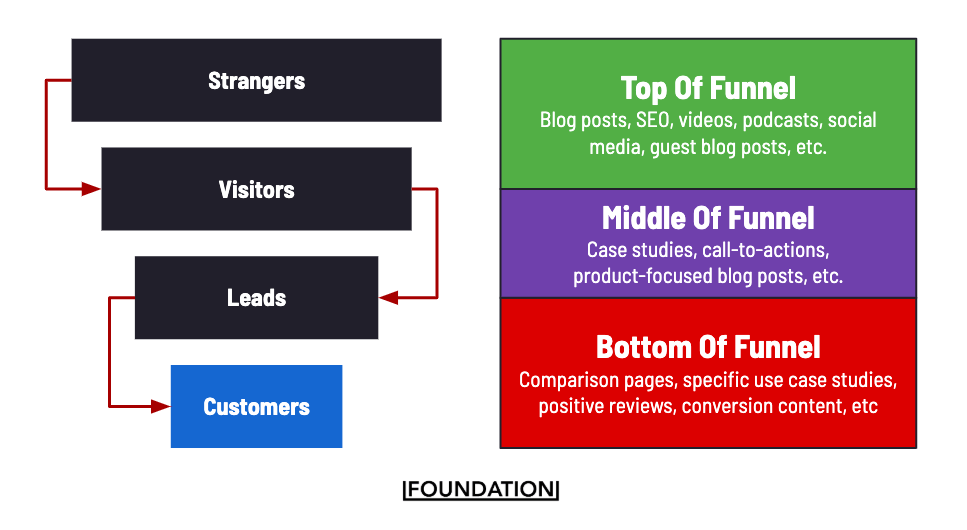
3. Publish and Hold
How Career Karma managed to keep publishing lots of posts even when the published ones took many months to rank is awe-inspiring. Waiting may not be enticing to founders and marketers who want to match their content expense to revenue quickly.
But here’s the thing. Like stocks, holding back from dumping your publishing cadence is the way you win with content.
Acknowledge that ranking on SERPs takes time. You have to build links, create content, meet E.A.T guidelines, and also consider the financial muscle of what the competition is willing to throw in the ring to keep dominating. This is where content marketing ROI helps out. Knowing the estimated ROI from your anticipated content investment is a great lever that fuels you to publish and hold onto your content strategy.
Content Marketing ROI
Content marketing ROI is a hot topic among marketers for a good reason. Marketers want to measure the results from their marketing efforts but many can’t. This means they don’t know what works and what needs improvement.
According to a CMI report, 44% of B2B companies do not measure content marketing ROI and 13% have no clue if they measure it at all.
These stats aren’t surprising. While content marketing ROI has a simple definition (percentage gain in revenue from your content investment), calculating it varies among businesses due to different marketing metrics.
Also, calculating content marketing ROI is difficult when a brand prioritizes its paid programs over organic programs. It’s not uncommon to find many companies setting up detailed tracking and attribution for their paid programs but don’t track organic the same way. This makes it much harder to prove organic performance.
Selecting Your Marketing Metrics
Attempting to consider every single metric when quantifying your content ROI is a no-no. Traffic is essential, page views are vital, and ranking thousands of keywords on the SERPs is great.
But newsflash:
🚨 Bad content can rank on the SERPs, attract traffic, and rank thousands of keywords 🚨
So don’t get fixated on shallow metrics. Think deep and tie shallow metrics to high-level metrics that drive revenue. Time on page, free trial signups, demo requests, marketing-qualified leads, and revenue are some high-level metrics to consider.
How to Calculate Organic Content Marketing ROI
The primary formula for calculating organic content ROI is the return from content minus total content investment, divided by total content investment * 100.
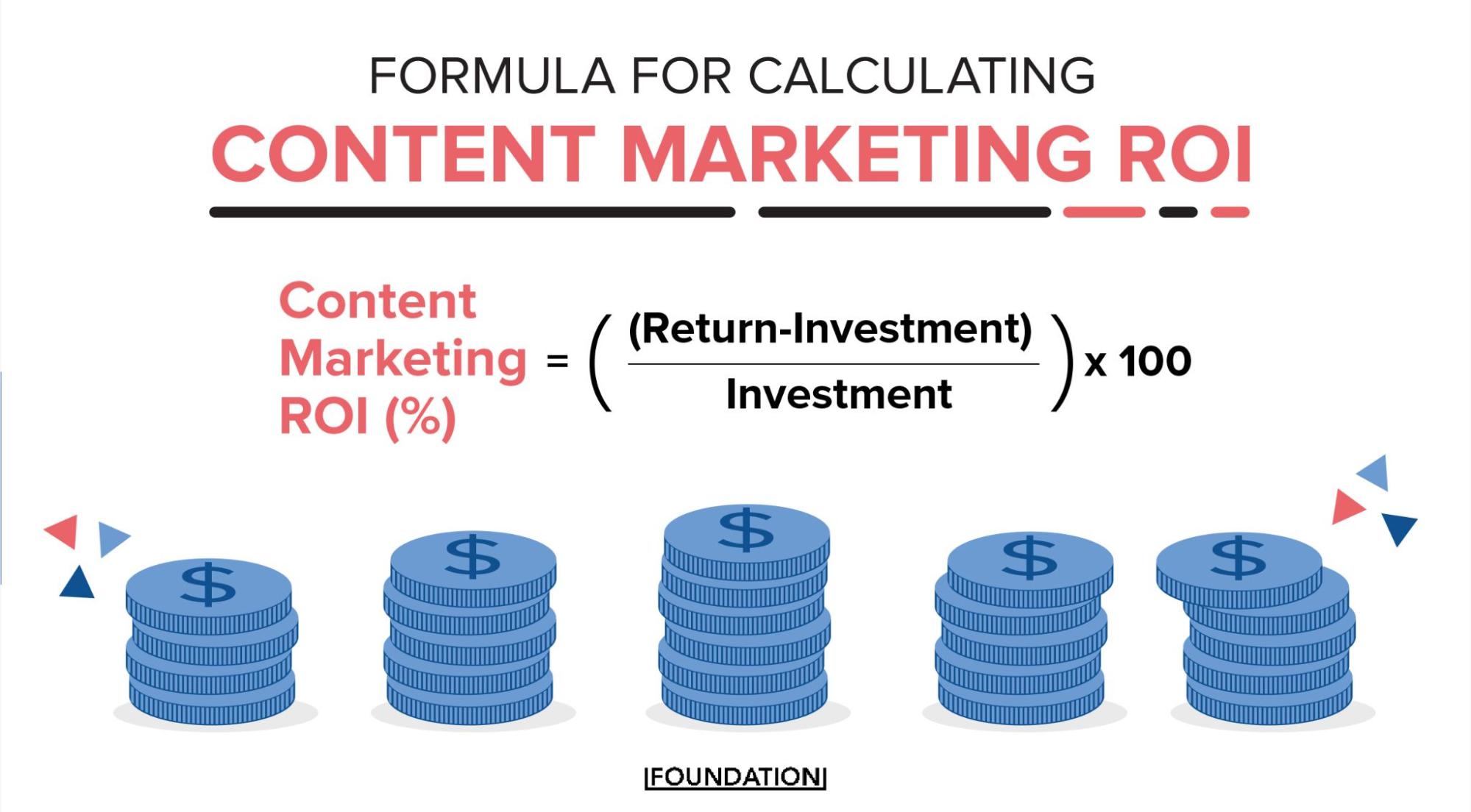
While this formula is pretty basic, it doesn’t show the different costs and variables involved.
Let’s illustrate these costs and variables using the below data from one of Career Karma’s top-of-funnel posts that’s currently in position one of the SERP.
- Monthly search volume of this post: 2400
- Modest conversion rate: 0.05%
- Customer lifetime value: $2000
- Click through rate of position one content: 31.73%
Multiplying the above variables gives us a content return of $761.52. In 12 months, the content return is $9,138.24.
Now, the content production cost.
- Content writing to publishing (including SEO optimization cost): $2000
- YouTube video production: $500
- Content distribution assets: $2000
Summing the above cost gives us a total content investment of $4500. Without any change to this post in 12 months, the content ROI is 103%. But this is where it gets really interesting. This same post will produce an ROI of 103% in year one, more than 103% in year two (with little or no investment), and so on.
And with thousands of pieces of content having a much higher search volume, you can understand why Career Karma was estimated to rake in between $3 million and $15 million in 2020, according to an earlier-referenced TechCrunch article.
Among other things, Career Karma succeeded this much with just 2,782 blog posts in 2020. Imagine what their bottom line would look like by increasing their number of blog posts by almost 2X in 2022? Many more millions!
Like Career Karma, you can generate millions from your content if you use …
… The Silver Bullet for Treating Content as an Investment
👉 Patience.
Patience is one attribute that founders and marketers should take away from Career Karma’s approach to content investment. Content needs time to grow. And the best part is that you can now estimate your content ROI based on your position in the SERP.
Your SERP position affects your click-through rate and that’s why you must consider it when calculating your content ROI.
Here are the click-through rates for content on positions one to ten of the SERPs according to Backlinko.
- Position 1 CTR: 31.73%
- Position 2 CTR: 24.71%
- Position 3 CTR: 18.66%
- Position 4 CTR: 13.6%
- Position 5 CTR: 9.51%
- Position 6 CTR: 6.23%
- Position 7 CTR: 4.15%
- Position 8 CTR: 3.12%
- Position 9 CTR: 2.97%
- Position 10 CTR: 3.09%
Organic rankings aside, you should remember that content distribution is as important as content creation. Why? Because lots and lots of your audience may not use the SERP but find solutions to their challenges on Twitter, LinkedIn, Slack, Reddit, and so on.
Creating and distributing your content gives it the chance to get more views. More views lead to more conversions and more conversions mean a better ROI from your content investment efforts.
Quick, do it now before the next drop!







